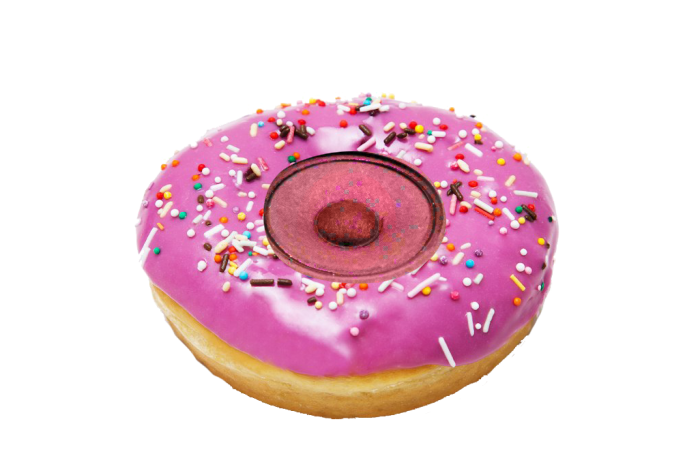*SPOILERS AHEAD*
On September 8th, 1960 Alfred Hitchcock’s Psycho premiered in theaters. It was Hitchcock’s definitive swerve into horror, his previous films primarily consisting of crime thrillers. The film was a massive hit at the box office, partially due to the mysterious allure surrounding the movie: Hitchcock insisted that once the film had begun rolling in a theater, no additional patrons were allowed entrance. Hitchcock mania was furthered by supposed accounts of viewers suffering from mass hysteria while watching the film, followed by demands to have the film nationally banned. As for the film itself, it has arguably stood the test of time in regards to plot and cinematography, despite its now outdated nature. One plot element, in particular, was a brilliantly innovative choice on Hitchcock’s part: The heroine introduced at the beginning of the story is brutally murdered in the shower, within 47 minutes of the film. This dramatic shift in events is chillingly emphasized by the ever-so-striking (and iconic) score.
The score was composed by Bernard Herrmann, with a novel use of violins to correspond with the stabbings. Furthermore, the sound of the stabbings themselves were actually the sounds of crew members stabbing casaba melons (it’s rumored that Hitchock experimented with various species of melon, until he found the right sound). The two elements work together to create a deeply disturbing audio track, which is arguably more troubling than the imagery. In fact, during the attack scene, the audience never actually sees the heroine get stabbed (or, in fact, the heroine naked). Instead the music and rapid shots allow the audience to automatically fill in the blanks for themselves.
It’s interesting to note that Psycho was a relatively low-budget film, when compared to Hitchcock’s other works (the film was notably shot in black and white due to budget cuts, rather than a lack of technological advancements). The music budget was also small, Herrmann only having had access to a traditional string section. However, it would appear as though this limitation allowed Herrmann to get infinitely creative– refraining from opting for a cliche romantic score and instead using the strings for percussive purposes. Herrmann also utilized “mutes” on the strings, in order to create a more punctuated staccato effect.
This muted staccato effect subconsciously creates the impression that the victim herself is being prematurely silenced, especially since the violin shrieks sound similar to the sounds of a woman screaming. This isn’t the only instance of the score becoming one with the character. The scene begins with a slow rhythm, reminiscent of a heartbeat. These two choices force the viewer to align themselves with the victim on a deeply intimate level– the score, paired with Hitchcock’s gruesome sound effects, serving as a prime example of the importance and limitless potential of audio in film.
References
Dollar, Steve. “Psycho’s Shower Scene: How Hitchcock Upped the Terror-and Fooled the Censors.” History.Com, A&E Television Networks, 1 June 2023, www.history.com/news/psycho-shower-scene-hitchcock-tricks-fooled-censors.
Gilmartin, Aaron. “The Fi Hall of Fame: Anatomy of a Great Film Score – ‘Psycho.’” Film Independent, 16 Aug. 2023, www.filmindependent.org/blog/know-the-score-anatomy-of-a-great-film-score-psycho/.
Siegel, Robert. “Bernard Herrmann’s Score to ‘Psycho.’” NPR, NPR, 30 Oct. 2000, www.npr.org/2000/10/30/1113215/bernard-herrmanns-score-to-psycho.
